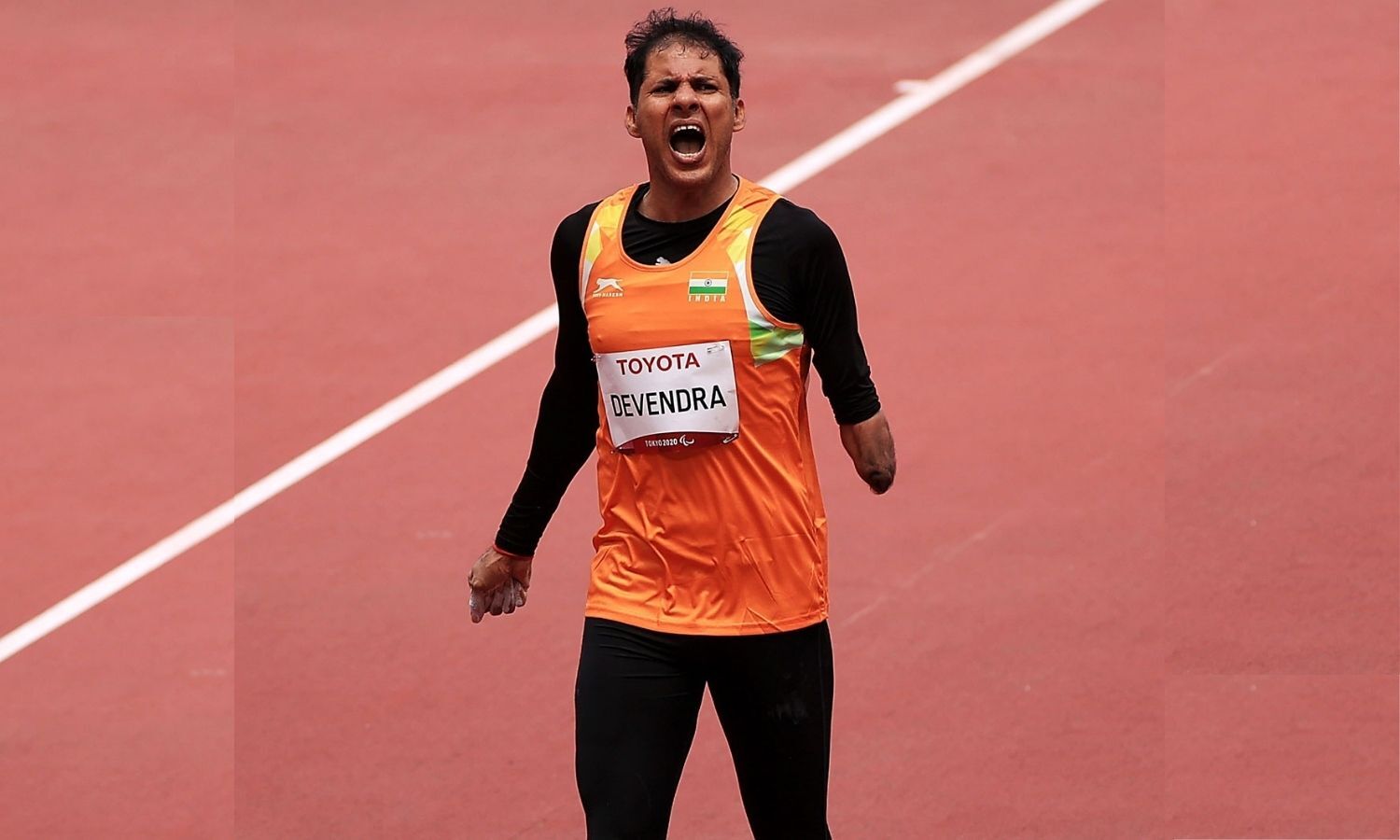
Indian javelin thrower, Devendra Jhajharia has clinched a silver medal in the World Para Athletics Grand Prix, in Morocco. Paralympics gold medalist Devendra threw the javelin to a distance of 60.97 meters to capture the silver. Devendra is a three-time Paralympics medalist. While 2020 Tokyo Paralympics silver medallist Nishad Kumar won the gold medal in the men’s T47 high jump, javelin throwers Ajeet Singh and Devendra Jhajharia bagged gold and silver respectively in F46 category.
Bank Maha Pack includes Live Batches, Test Series, Video Lectures & eBooks
India has so far won 3 gold medals, two silver, and a bronze in the World Para Athletics Grand Prix in Morocco. Other medalists for India include Neeraj Yadav (F55/56 discus- Gold), Anil Kumar (T54 100m- Silver), and Ranjeet Bhati (F57 javelin- Bronze).




 Which Country is Known as the Land of Fe...
Which Country is Known as the Land of Fe...
 Simone Tata: The Visionary Behind Lakmé ...
Simone Tata: The Visionary Behind Lakmé ...
 When was IndiGo Airlines Founded and Who...
When was IndiGo Airlines Founded and Who...







